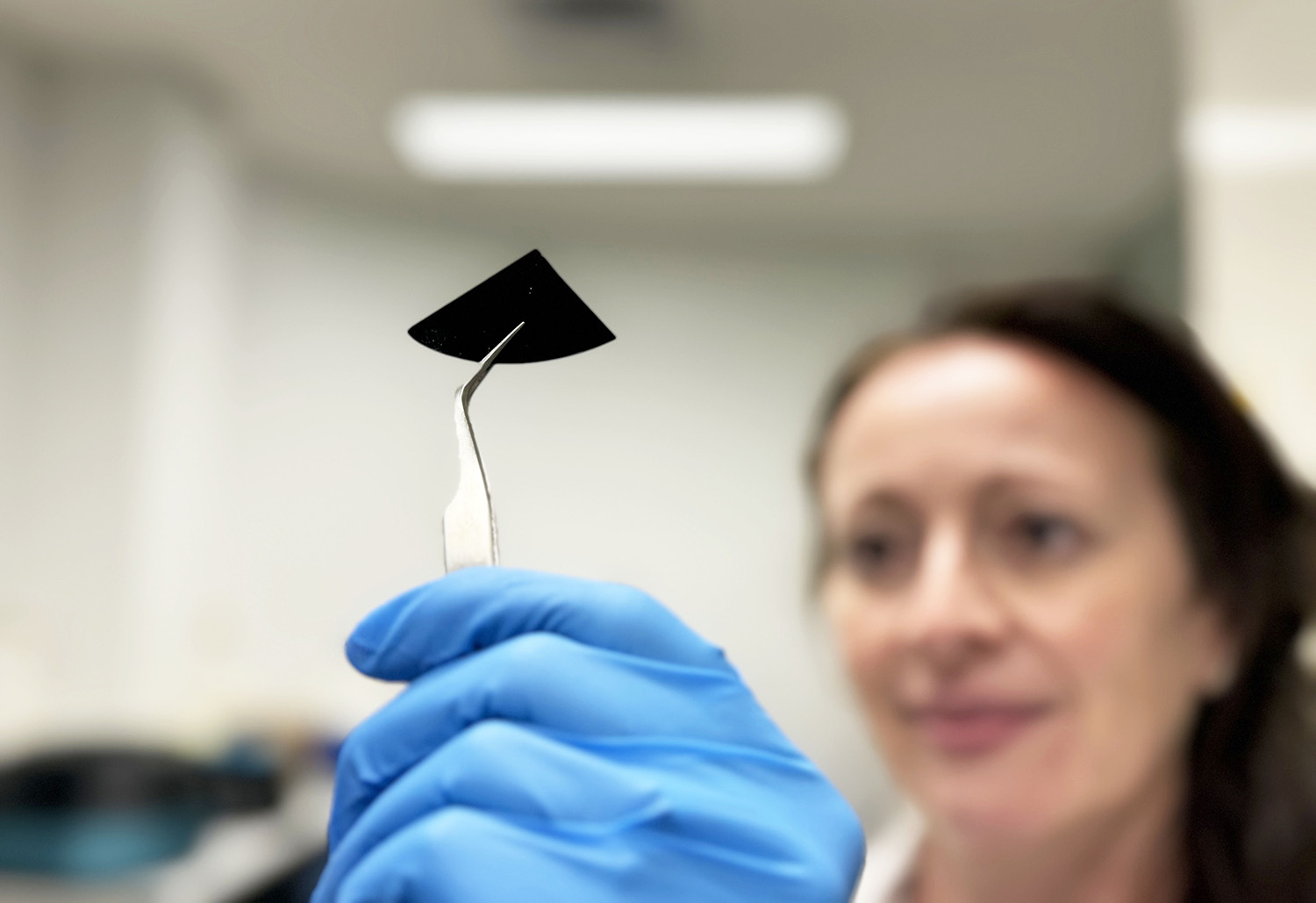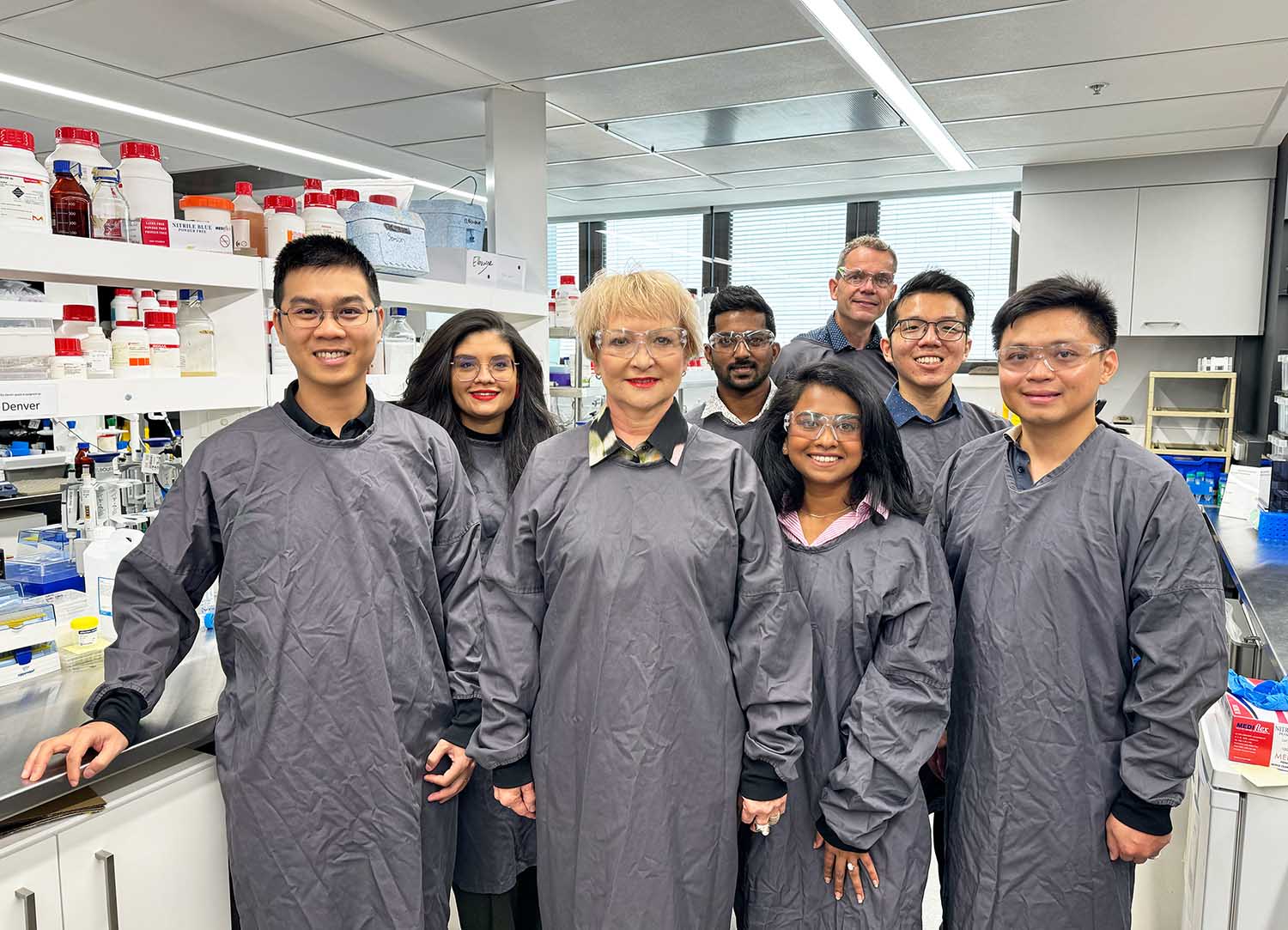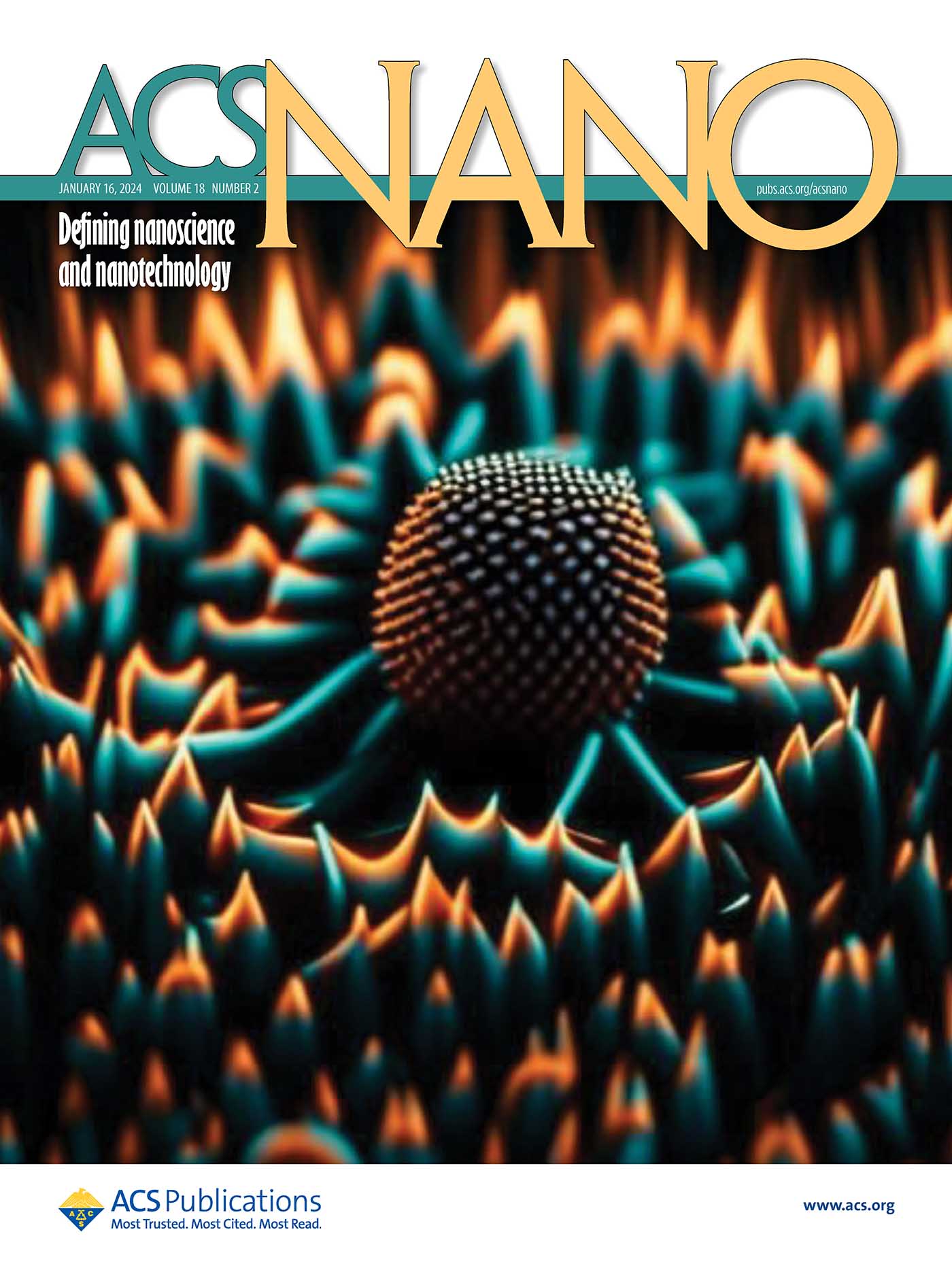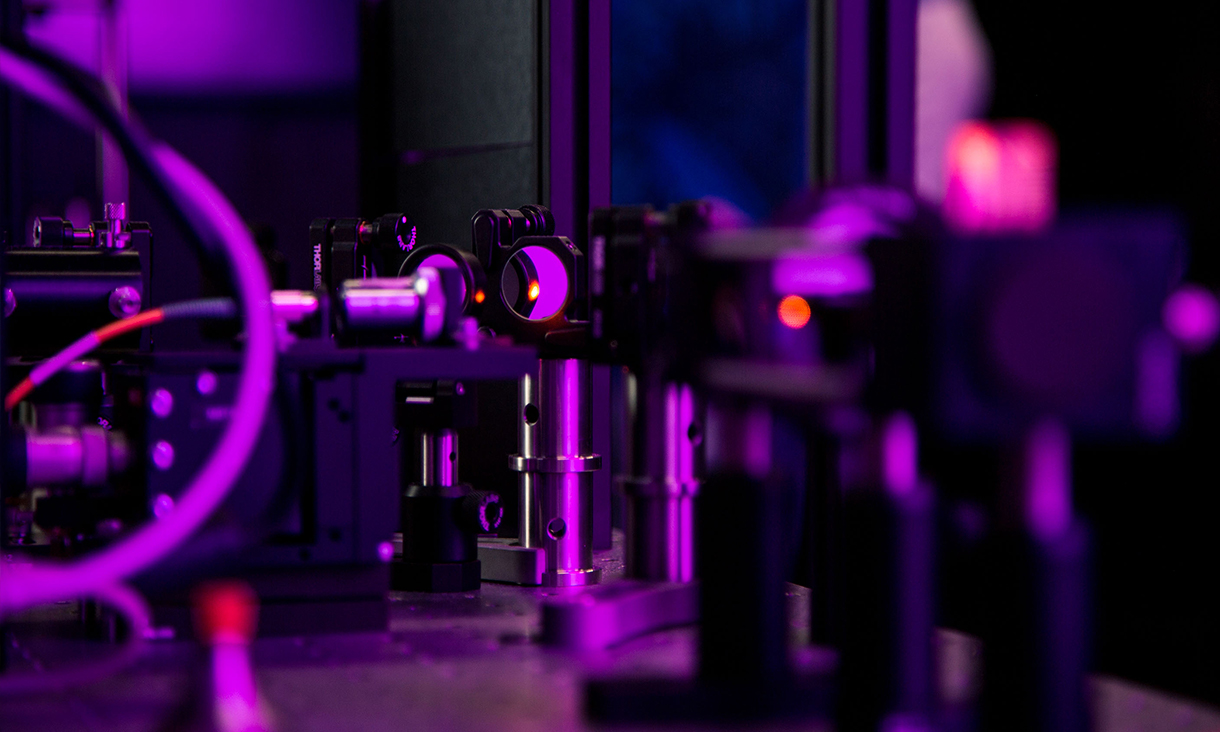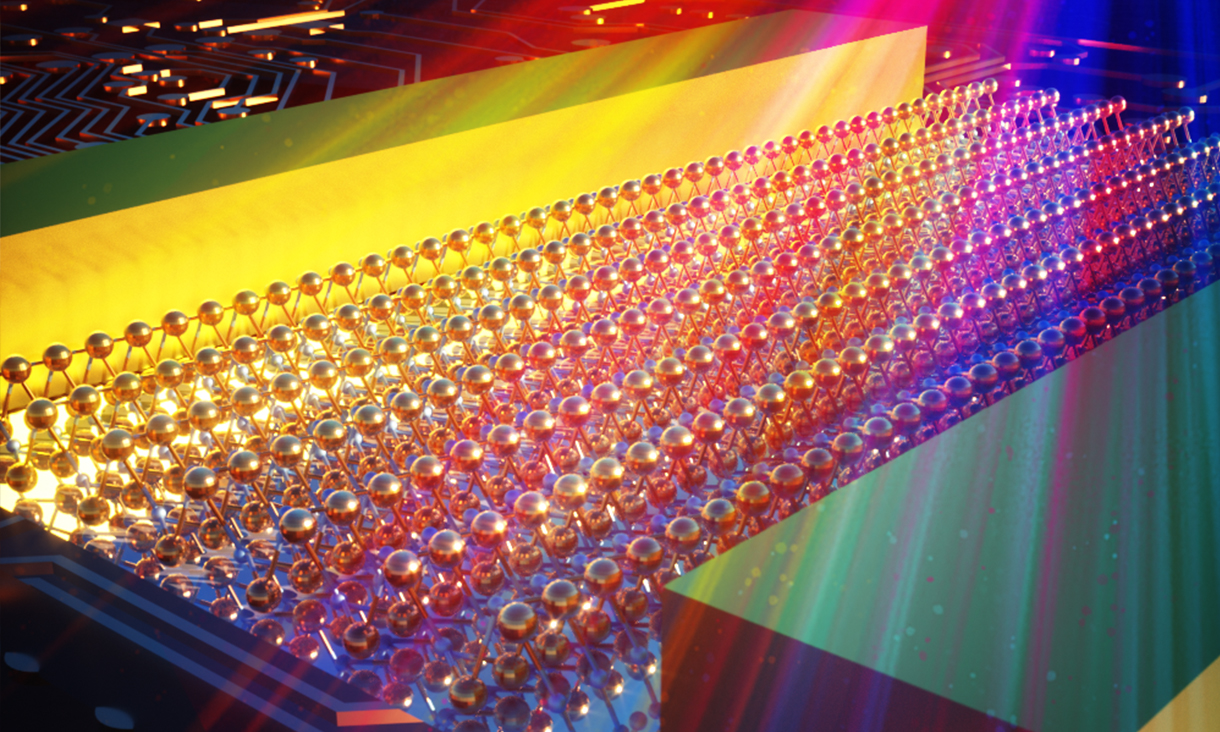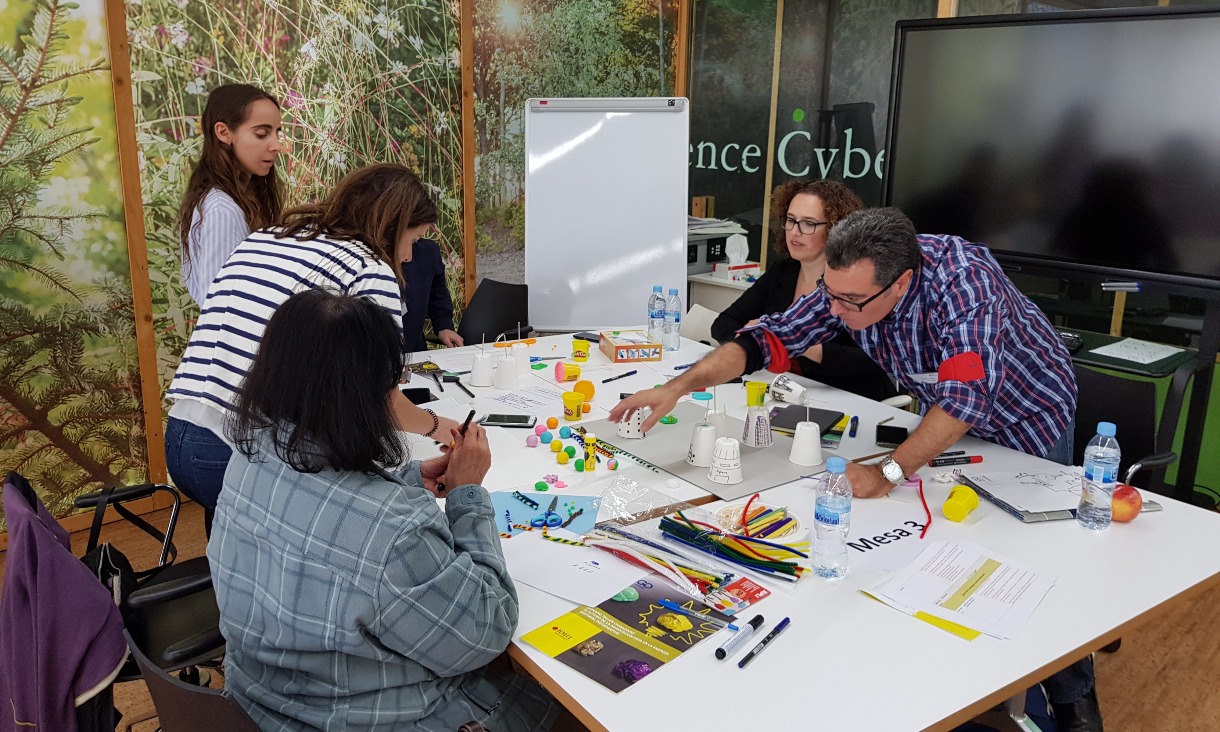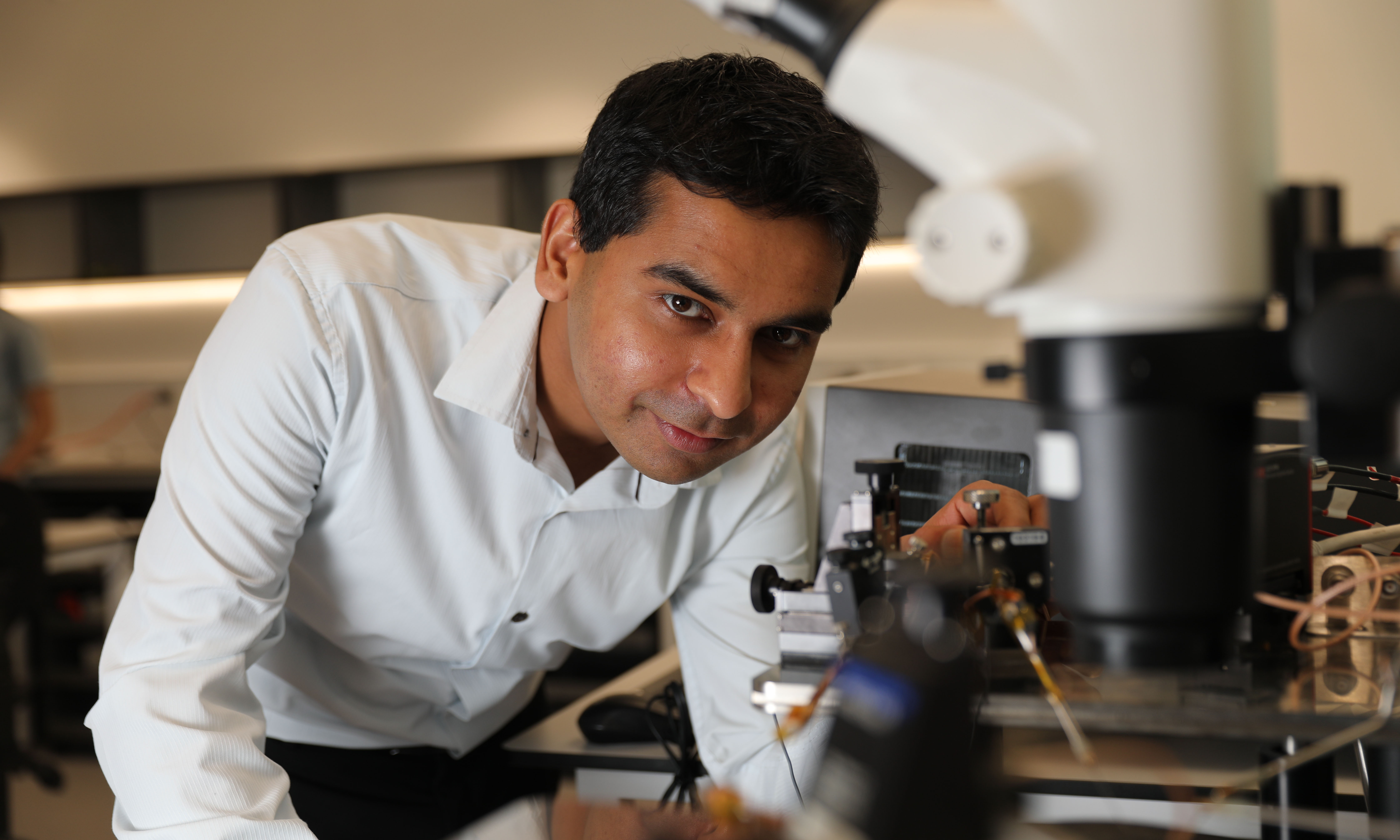RMIT project wins US Navy innovation prize grant
An RMIT-led group has been awarded a share of $1.5 million to develop new diamond-fibre magnetic sensors.
Thin and ultra-fast photodetector sees the full spectrum
Researchers have developed the world’s first photodetector that can see all shades of light, in a prototype device that radically shrinks one of the most fundamental elements of modern technology.
Co-creation puts citizens at the centre of nanotechnology research
Co-creation workshops and online consultations with citizens and stakeholder groups in Europe are putting people at the heart of nanotechnology research, according to RMIT researcher Craig Richmond.
RMIT researchers win prestigious 2018 Victoria Fellowship
RMIT researchers Sumeet Walia and Flora Salim have been awarded Victoria Fellowships for their outstanding work in nanotechnology and data science respectively.
